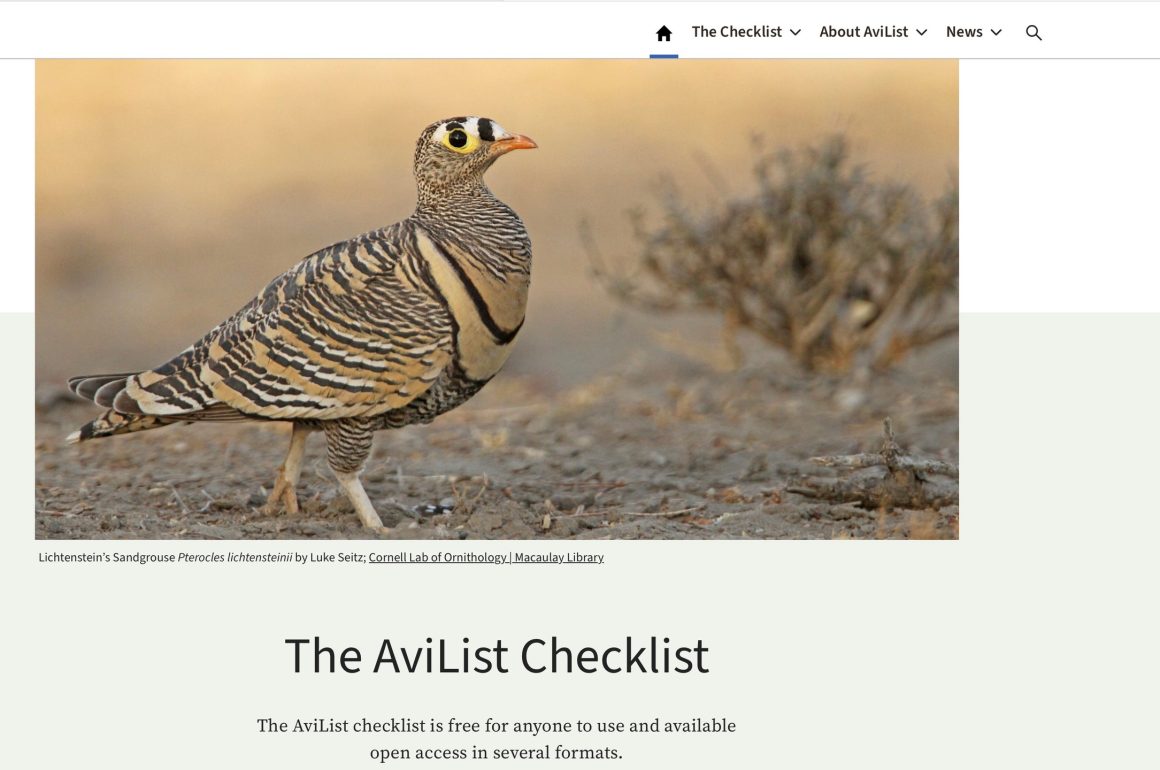
Should 10,000 Birds be renamed 11,131 Birds? The new world bird list, called AviList, has been created to replace the confusion of four world checklists (HBW and BirdLife International, Howard & Moore, eBird/Clements, IOC World Bird List). It lists all 11,131 species of birds there are in the world. In addition, there are 19,879 subspecies, 2,376 genera, 252 families and 46 orders.
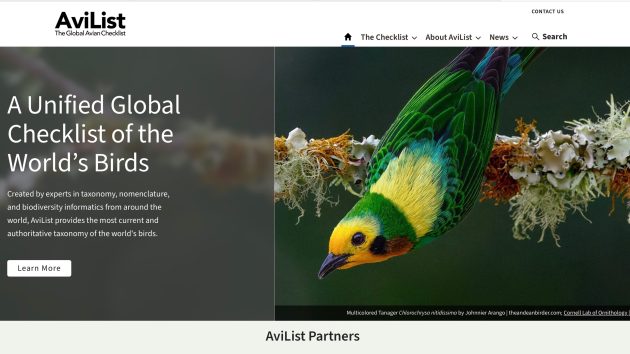
There’s long been a need for a single list, as it makes everything so much simpler and less confusing. If you have a copy of the excellent All the Birds of the World (Lynx), you will know that it provides for every species a simple pie-chart to indicate each bird’s status under the four different lists. There’s agreement on most, but with a number of notable exceptions. Take the Hooded Crow, for example. IOC and eBird grant it full specific status (Corvus cornix), but both HBW and Howard & Moore consider it a subspecies of the Carrion Crow (Corvus corone). AviList lumps the two, which seems a sensible decision as the two birds are identical in almost every way except their plumage.
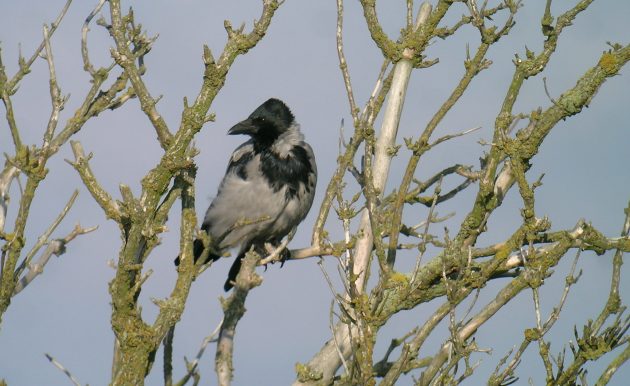
Hooded Crow: it now becomes a subspecies of Carrion Crow (below)
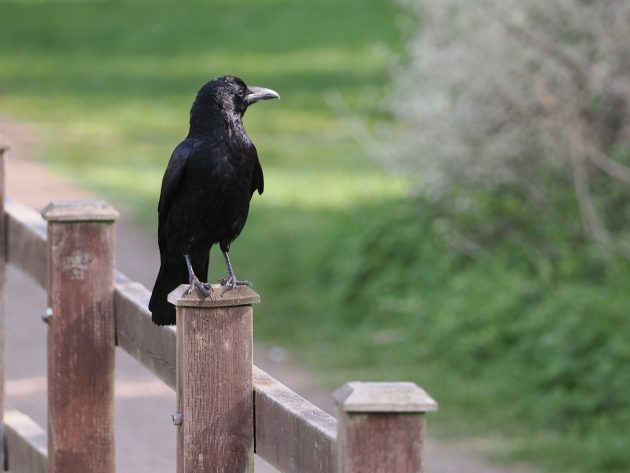
The all-black Carrion Crow: it will readily hybridise with Hooded Crow
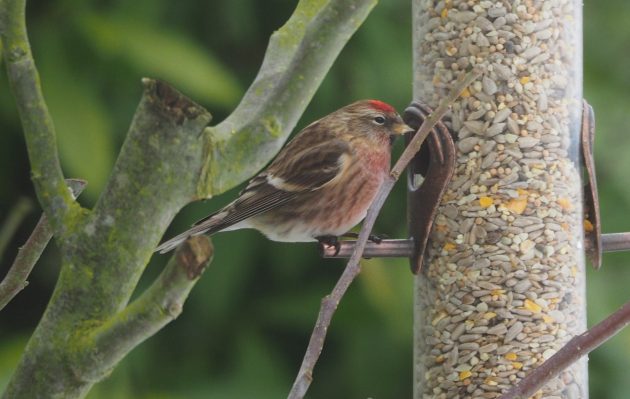
Redpolls all become one species under Avilist
There are a number of other lumps, most of which seem to me eminently sensible. All the redpolls, for example, have been lumped together, despite the fact that the handsome Arctic Redpoll looks so different from the Lesser Redpoll that breeds in Britain. Some years ago I visited an Arctic Redpoll colony in North Norway, and found that the eye-catching Arctics (Acanthis hornemanni) were nesting side-by-side with the more ordinary Redpolls (A.flammea). I’m sure that there were mixed pairs, too. The behaviour and calls seemed identical to me.
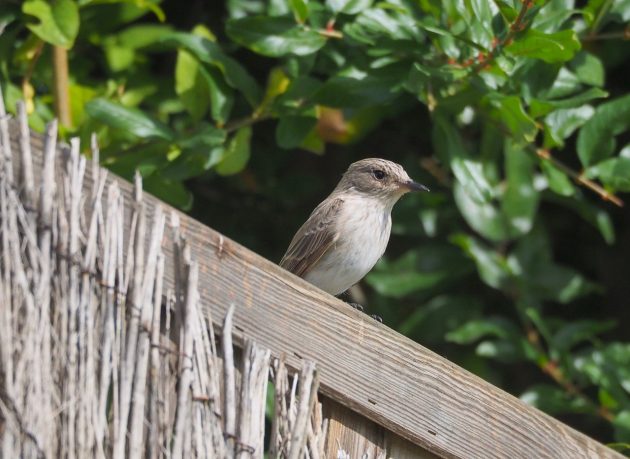
This flycatcher was photographed on the Mediterranean island of Menorca, but does this make it a Mediterranean Flycatcher? AviList sensibly lumps it with Spotted
You won’t find Mediterranean Flycatcher in the Collins Bird Guide, as it’s a recent split from the Spotted Flycatcher; it breeds exclusively in the Mediterranean, on Spain’s Balearic Islands, along with Corsica and Sardinia. I’ve seen it many times, but have never noticed that it differs significantly from the widespread Spotted Flycatcher. Only the IOC recognised it, but it’s now been lumped back with Spotted Flycatcher, so that’s one bird we can quietly forget about. I wonder how many people had added it to their lists? I never bothered.
Another Mediterranean lumping is Balearic Shearwater with Yelkouan to become Mediterranean Shearwater. The two are virtually identical in a appearance, and while the former was regarded as critically endangered, the latter is only vulnerable. Let’s hope that all the conservation measures stay in place in the Balearic Islands to protect the nesting colonies of this bird, despite the fact that it’s no longer regarded as a Balearic endemic.
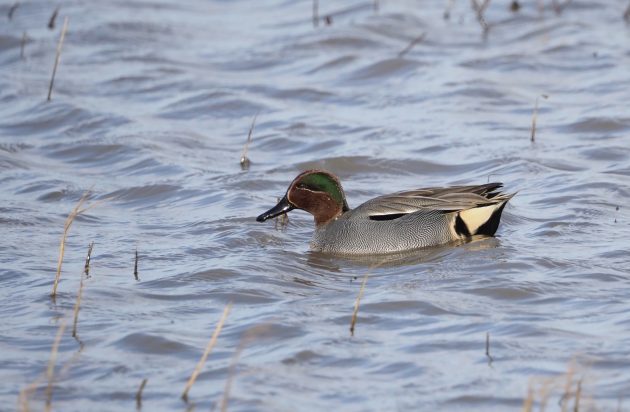
Eurasian Teal is now lumped back again with the North American Green-winged Teal
Historically, the North American Green-winged Teal and the Eurasian Teal were always regarded as the same species, and it’s only relatively recently that the two were split. The drakes of the two are readily separable, but I would challenge anyone to try and tell the ducks apart. Here in the UK we always call the former Green-winged Teal (though our Teal have identical green wings): drakes are recorded here in very small numbers every winter. Tellingly, ducks are never reported. The two are clearly the same species, but the American drakes have evolved a slightly different plumage. After some years of being split, the two teal are reunited. I doubt if the ducks will mind.

A cock Red Grouse. Now an endemic of the British Isles
One welcome split is the Red Grouse from the Willow Grouse. The former thus becomes an endemic of the British Isles. Though the two are clearly closely related, the Red has been separated physically from the Willow for thousands of years, and has evolved differently from its much more widespread cousin. The fact that it doesn’t turn white in winter and doesn’t have white wings are two obvious differences. It’s good to have it back.
Rather surprisingly, though, our other British endemic, the Scottish Crossbill, has survived the lump, despite the doubts of many taxonomists, and birders, that it deserves full specific status. It’s one to watch, as I reckon there’s a fair chance it will be demoted in due course.
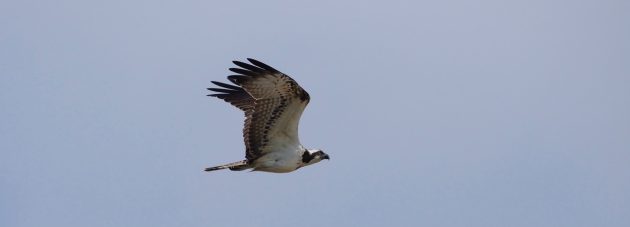
Western and Eastern Ospreys become one species. This is a bird of the nominate race, haliaetus, that breeds in the Palearctic and winters south to South Africa, India and the Philippines
World listers might be disappointed to find that the Osprey, split by the IOC into Western and Eastern, reverts to a single species, but with four subspecies. The swamphen complex of Western, Black-backed, African, Philippine, Grey-headed and Australasian has also been simplified, with the whole lot simply becoming the Purple Swamphen.
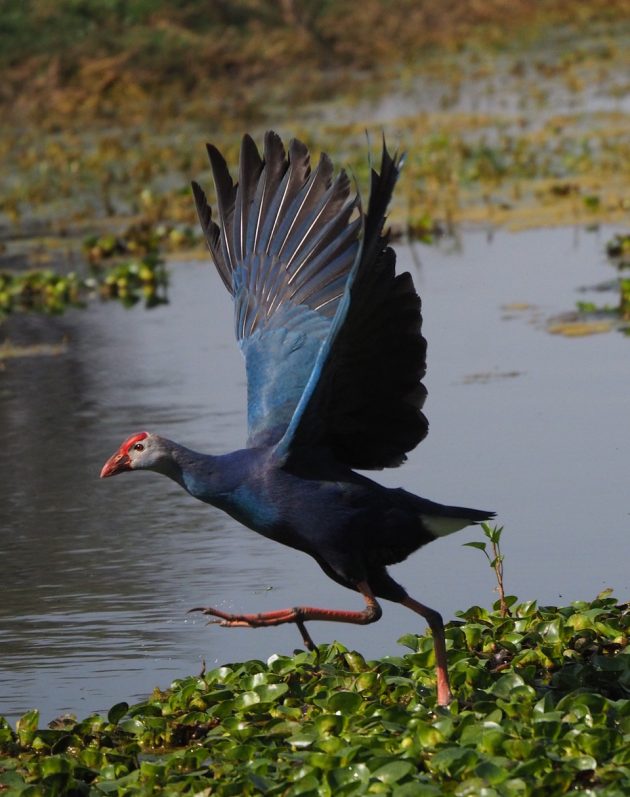
The Grey-headed Swamphen of India now becomes a subspecies of Purple Swamphen (below)
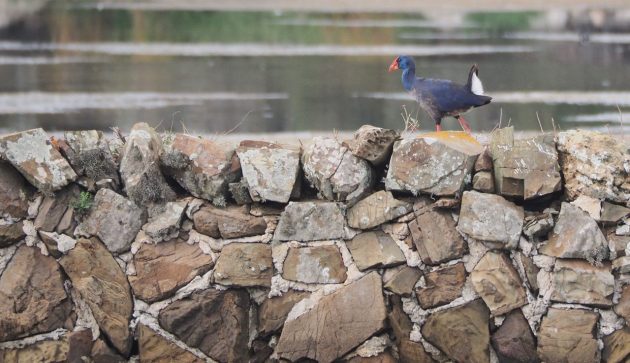
The nominate Purple Swamphen – this bird was photographed on the Balearic island of Menorca
Though I’ve seen around 4,000 species, I’m hardly a serious world lister, while I’m all for simplification. However, those who take their world lists rather more seriously have a lot of work to do checking the status of birds they’ve ticked off. It’s simple to do, as the list is freely available at www.avilist.org. You can download it as an Excel spreadsheet.
I’ve written this from a European perspective, but it will be interesting to hear the North American reaction, where, for example, Myrtle, Audubon’s and Goldman’s Warblers have now been lumped as Yellow-rumped Warbler, and Red Fox, Sooty Fox, Slate-coloured Fox and Thick-billed Fox Sparrow are now all Fox Sparrow. (I note that most taxonomists have long lumped these groups.) I’m sure that there are plenty of controversial decisions, but AviList is both welcome and long overdue. It took four years to create, and was well worth the wait. No doubt if will continue to evolve, but having one list instead of four makes so much sense.
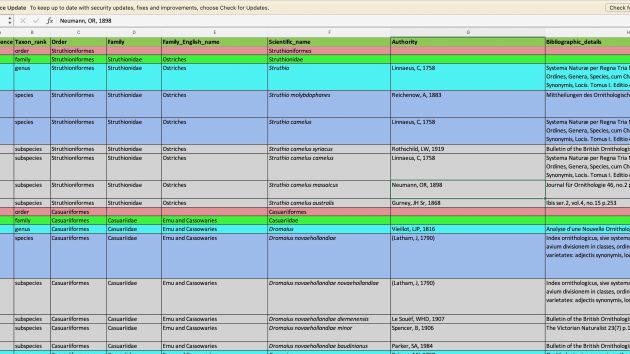
The new AviList is free to download





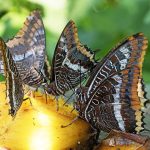
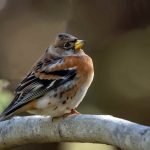


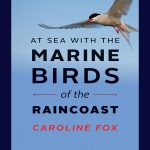
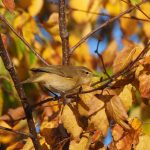
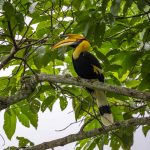
I concur with your comments (and that is coming from someone in the Southern Hemisphere). It is a long overdue move.
The Shearwater split is tricky – we know too little about seabirds to lump, especially if it affects the conservation status. Lumps we might regret in the future…?
Well, lost a few, for sure, 3-4 that I am aware now, but there will be more surprises. As long as I do not go back to 999, fine with me.